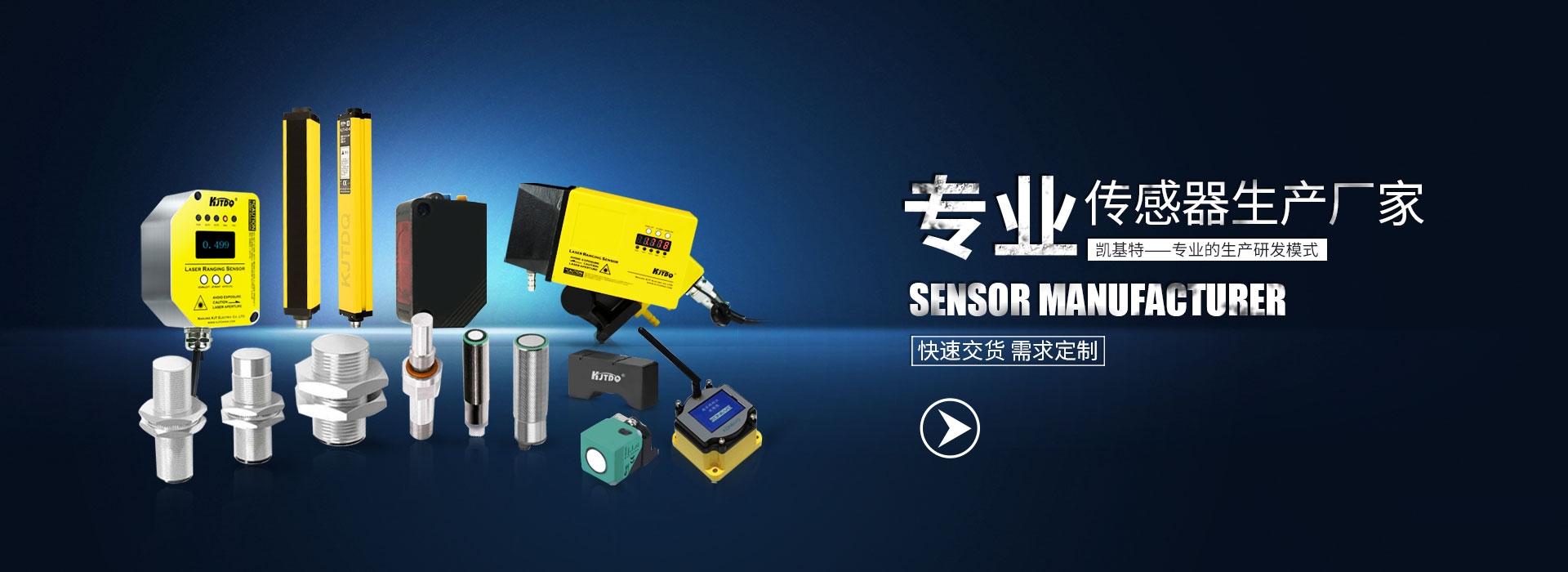
check

check

check

check
Proximity sensors, also known as proximity switches, are important components in automation and industrial machinery, semiconductor equipment, and machine tools. The proximity sensor is responsible for detecting the presence or absence of objects, allowing the controller to understand the existence and position of the current mechanism.
Proximity sensors can also be used for counting - tracking the number of items passing on a conveyor belt. Its wide range of uses and superior functionality make it an essential tool in the industry, making the production process simpler and more efficient.
The correct selection of proximity switches is crucial to improving the stability and reliability of the equipment. Kjt has summarized the following 5 key selection factors for you: including the material of the measured object, sensing distance, output type, operating temperature and installation options . Understanding these factors can help you choose the best proximity switch for your application.

1. Material of the object to be measured
First of all, we need to determine the material of the object to be detected. The material of the object to be detected is metal. We can choose both capacitive and inductive proximity switches. If the object to be detected is made of non-metallic material (such as liquid), you need to choose a capacitive proximity switch. .
2. Sensing distance
Secondly, when selecting a proximity switch, the distance between the sensor and the object to be detected should be considered. Choosing a proximity switch that can sense objects from a safe distance is critical to preventing any damage to the device or the object itself. The sensing distance of a proximity switch can vary from a few millimeters to a few centimeters, depending on the type of sensor.
3. Output type
Another factor to consider when selecting a proximity switch is the output type. The output type refers to the type of signal the sensor sends to the controller. The most common output types are NPN and PNP, which represent the types of transistors used in switches. NPN proximity switches provide negative output signals, while PNP proximity switches provide positive output signals. When connecting the switch to the controller, the output type must be considered.
4. Working temperature
The operating temperature of the proximity switch is another key factor to consider when selecting a proximity switch. The operating temperature is the temperature range within which the proximity switch can effectively operate. It is critical to select a sensor that can withstand the temperature range of the environment in which it will be used. Extreme temperatures can affect sensor performance and cause equipment errors or damage.
5. Installation options
Mounting options are also an important consideration when selecting a proximity switch. Sensors can be mounted in a variety of ways, such as through-hole mounting, surface mounting or flush mounting. Installation options depend on the application type and the space available for installation. Choosing the installation option that best suits your application is critical.









